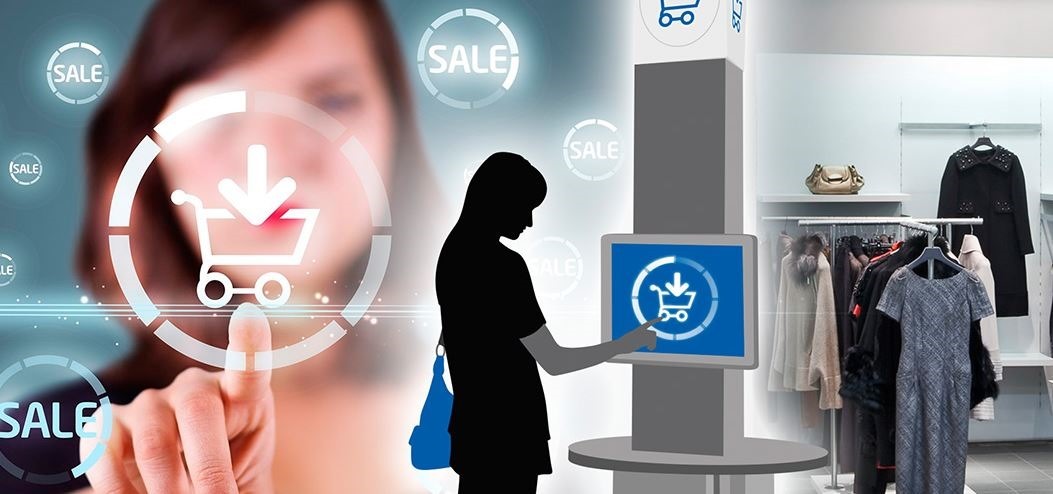How IoT’s are Changing the Fundamentals of “Retailing”

“Change” is the only “Constant” and it is always going to remain as an inevitable scenario for everyone. But, the question is, how one adopts and adapts, in tandem with current and upcoming challenges. Specifically, when we talk about “Retailing” as an industry, which has been existing since a millennia – the rapid evolution of technology has brought in new opportunities into this sector and at the same time it has exposed it to a newer set of challenges which are changing dynamically along with the growth of technology and the rise of customer awareness.
When we talk about “Internet of Things (IoT)”, the first and foremost thing which comes to our mind is the seamless connectivity between and among the products (which happens to be the “things” in this whole equation) and the services which are being offered to a desired or targeted set of customers.
This is the first time in the history of retailing, where the consumer is much more aware in advance, due to the availability of information about products or services which he or she intends to buy or experience. And, at the same time, they are also much more exposed to a system of connected devices, which are collecting individual consumers’ buying data, analyzing the habits and computing the purchase patterns. Such granular level “consumer intelligence” is going to be a game changer for a retailer and also for a principal brand owner.
In 2008, Mondelez International experimented with the mobile phones, by engaging the Chinese consumers in a product feedback project and gained vital actionable intelligence for the launch of their Oreo “Strawberry” brand. At that time, this process was considered to be “revolutionary” in the field of pre-launch market research. And, with the deployment of eyeball tracking and brainwave mapping was found to be very impactful as they provided minute details on consumer’s perception towards product packaging and in-store advertisings. In true sense, the project itself cannot be classified as pure “IoT” driven, however, it sowed the seed of its own growth into the future.
Post-2010, the global economy started assimilating the “On-Demand” methodologies into their business strategies, which are directly and indirectly influencing the consumer perception towards one’s product. The very same principles have provided necessary impetus in the “Customer Engagement” domain in the form of proximity-based consumer interaction in the aisle, automated vending machines, automated checkouts via smartphones, interactive personal digital signage, etc.
Such tech-induced developments require a massive amount of data crunching capabilities at the implementation’s end, where information is being fed by an array of smart devices which are in -turn tactically placed through various customer-facing applications.
If we look at the other side of the coin, the potentials of IoTs are not just limited at customer’s endpoints. The granular level access to operational intelligence through widely distributed sensors and Radio Frequency Identifications (RFIDs) at the back-end of a supply chain system are going to empower the retailers by providing better visibility at inventory level and at the same time it will just not only help them to optimize their physical store operations but also construct a strong foundation for future upgrades in-line with upcoming “unified commerce” framework.
Apparently, IoTs are all about capturing the real-time data over a pre-defined network. But, the real questions are – What are the headers of these data?, How to identify right signals out of these data and derive “insights” for the management?, What are the legal liabilities and implications of harnessing such data in a certain geographical region?, Does it violates customer’s privacy? Are these data elements secured enough during the transmission and at the storage points? .. etc.These set of questions are very dynamic and will keep evolving with time due to rapid technology growth. However, the crux will remain same – generating “actionable intelligence” by connecting the dots and dashes.
A granular level retail buying data on a compromised network of one of the largest retailer in a particular country is just like a “sitting duck” for any prospective group with an undefined or hidden vested interests, which can be easily classified as a potential cyber security risk of higher degree.
Technologically, such concerns related to consumer’s data can be answered partially by putting the lessons learned through the available security standards of M2M (Machine-2-Machine) framework and integrating it with evolving IoT frameworks. But, the overall sustainability of “IoT in Retail” depends on the formation of proper legal doctrine – framed by technology solution providers, driven by retail industry players and ratified by the government as an act with enough space for any future amendments.
Currently, the global retail industry is at the “genesis phase” with respect to IoTs and down the line in the future, we are expecting lots of development in this field through multiple trials and errors. It’s vitally important for a retailer to remain focused on core fundamentals of retailing i.e., to provide best buying experience to the consumers across all the platforms and at the same time not to harvest multiple overlapping loci during this transition which could eventually lead to unwanted distortions between the top-line and bottom-line objectives.
Most of the retailers have already embraced the core technologies. But, it’s time to bring in the real-time collaboration between the manufacturers, suppliers, vendors, warehouses, stores, web/app platforms by implementing end-2-end IoTs and realize benefits faster as they share their knowledge, learnings, and expertise with each other – after all, it’s not about ideas. It’s about making ideas happen. .
About the Author: Rahul Guhathakurta, the founder of IndraStra Global, is a seasoned retail and supply chain domain consultant with cross-industry experience across three continents. you can follow him on Twitter on @rahulogy
